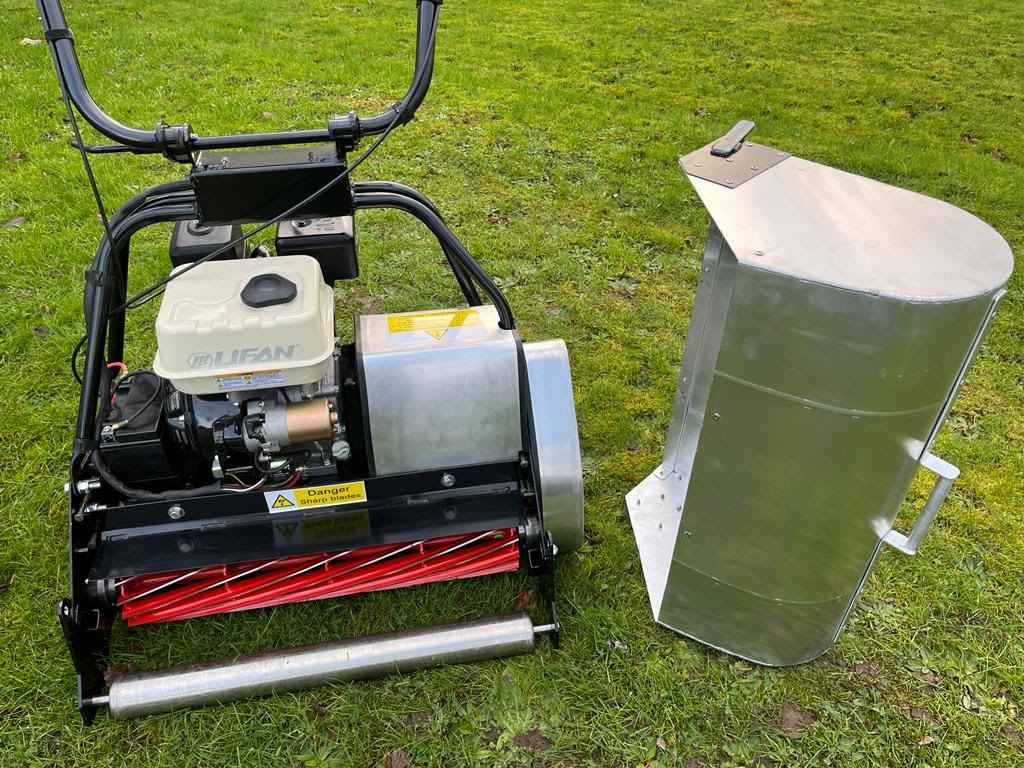Compaction - is it a myth?
|
I have visited a number of croquet clubs who have been told by contractors that their lawns suffer from compaction. The symptoms were dead or dying patches of grass. In every case the advice was wrong. But it was valuable advice – valuable to the contractor who charged for a range of “cures” including scarification, deep tining, verti-cutting, verti-draining, hollow tining and even deep pneumatic fracturing.
The true cause in all these cases was Dry Patch which is water repellent soil. This is easily curable but not by punching holes in it. Bear in mind that Dry Patch is not a patch, it is blocks of hydrophobic (water repellent) soil that can be a few feet across and a couple of feet deep. The repellency is caused by waxy lipids created by micro-organisms in the soil. It happens in all types of soil all over the world. The fact is that you can't make that soil wettable by making holes in it – the whole block still repels water. I used a 3 ton vibrating road roller on my new lawn in Norfolk. It is now more compacted than any number of croquet players could achieve. Did it affect the grass? No, the rolled areas are just as healthy as the rest of the lawn. From an STRI test rig, it is obvious that a grass sward can prosper in only three inches of soil irrespective of how compacted the lower levels are. This is why aeration using thin tines such as a Sarrel Spiker is quite sufficient to ensure a healthy root zone. However, if you have Dry Patch it needs to be treated as a Dry Patch issue. |
|


